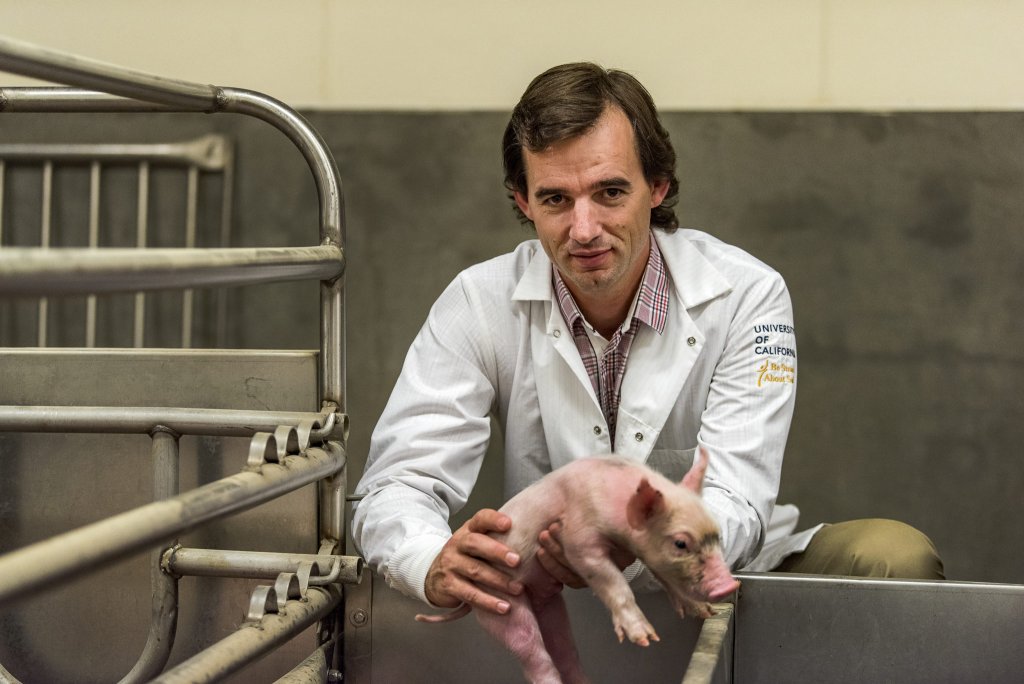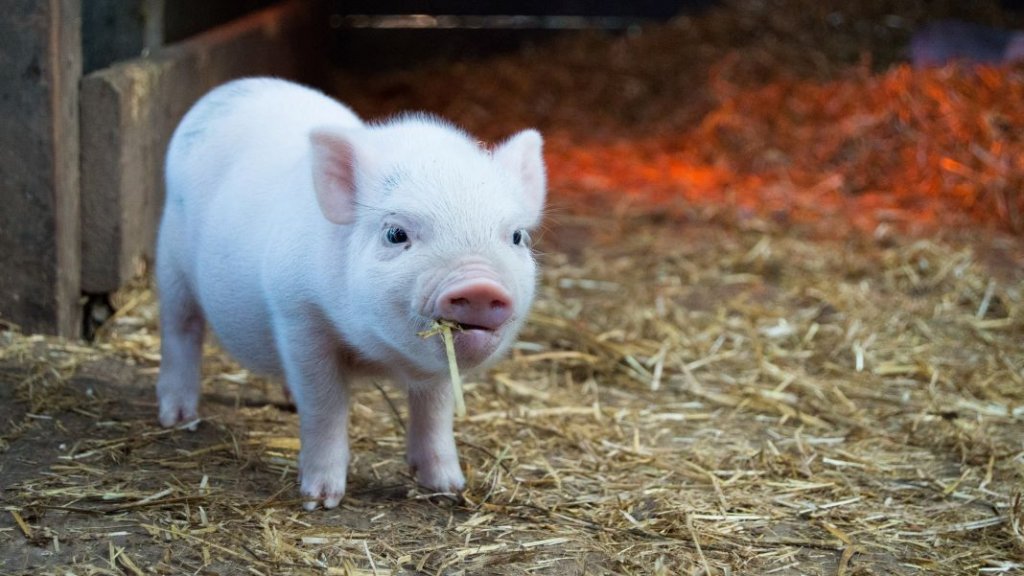Introduction
In recent years, remarkable advancements in the field of prosthetics have been sparked by the development of 3D printing. This technology has revolutionised the way in which we can provide more customisable, affordable, user-friendly prosthetic limbs. One of the biggest advantages of such technology are found in its capability to be accessible to so many where, according to NGO LIMBS, only 5% of almost 40million amputees have access to prosthetic devices(1). This blog aims to expand on the incredible inclusion of 3D printing in the world of prosthetic limbs and how it has the potential to transform lives.

Bone Health Preservation
3D printing allows for custom-fit sockets which have the benefit of using digital scans of patients to develop prosthetics which are more efficient in reducing friction and evenly distributing weight across the limb. This means that bone is less likely to be lost as a result of the prosthetic, which can sometimes occur when the prosthetic socket is not an accurate enough fit. Another benefit of this technology, is its capacity for easy adjustments and remodelling to ensure a consistently well-fitted prosthetic, decreasing the chance of any complications leading to disuse and resultant bone health consequences. Additionally, the 3D printing of prosthetics often uses thermoplastics which are much lighter weight and therefore place much less pressure on the bones. Resultantly, bone density is more likely to be preserved and fractures are more likely to be avoided, aiding the maintenance of bone strength.
Disadvantages and Solutions
Although there are benefits to the use of thermoplastics in prosthetics, they are a less strong or durable option when compared with other materials used in prosthetics, such as carbon fibre. This means that it generally has a shorter lifespan and is more likely to need replacing and therefore may be significantly less suitable for use in lower-limb prosthetics. This may particularly be the case for patients who have more active, high-impact lifestyles, or those with higher body weights.
Therefore, a more suitable use for 3D printing technology in prosthetics, as proven thus far, may be in upper-body limbs and in children. This combats complications of exerting too much pressure on the lighter-weight thermoplastic, and enhances the technology’s potential for durability. This may be a particularly beneficial advance in technology for children and growing adults. This is due to, as before mentioned, the precise adjustability of 3D printing. Additionally, it is a far cheaper option for prosthetics as traditional prosthetics can cost thousands to replace as children are out-growing them. The organisation, e-NABLE began a project whereby many constructed and donated 3D printed prosthetic hands to children for free to aid research in the area.
Summary
The amazing affordability and accessibility provides an abundance of potential for 3D printing in the field of prosthetics. Although there may currently be limitations as to what field of prosthetics this technology might be best suited to, there is hope that technological advances in thermoplastics or finding more suitable materials may lead 3D printing to be the future of prosthetics.
(1) – https://www.sculpteo.com/en/3d-learning-hub/applications-of-3d-printing/3d-printed-prosthetics/


This is an initially reflective and well researched blog showing how you have chosen to explore the emerging field of…
This is a good attempt at a blog, where you reflect on your recent learning at a lecture/workshop to describe…
This is a fair to good blog, reflecting on your recent learning in some of your modules. You provide a…
This is an engagingly written and reflective blog focussed in general on ethics in medicine. You might improve by citing…
This is a good and well written an presented blog on an original subject - biofilms on implants. You explain…